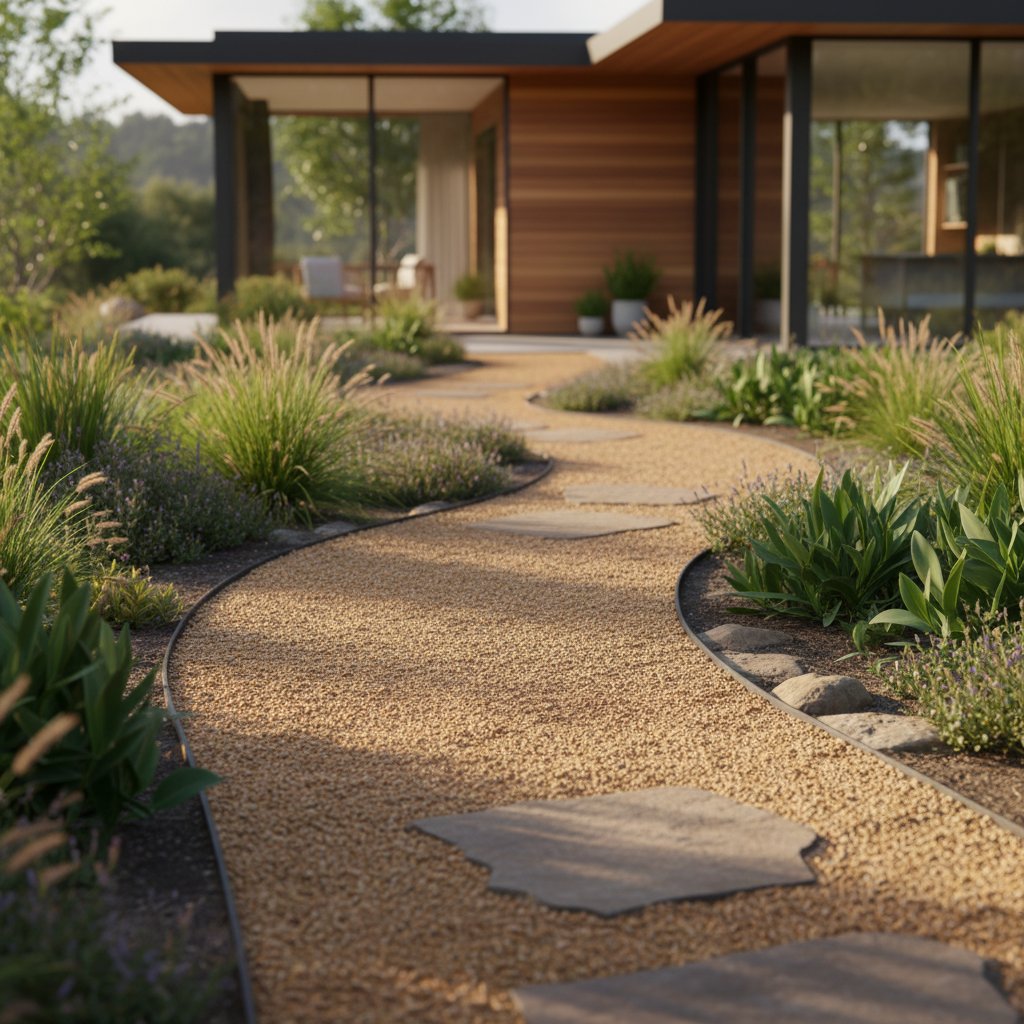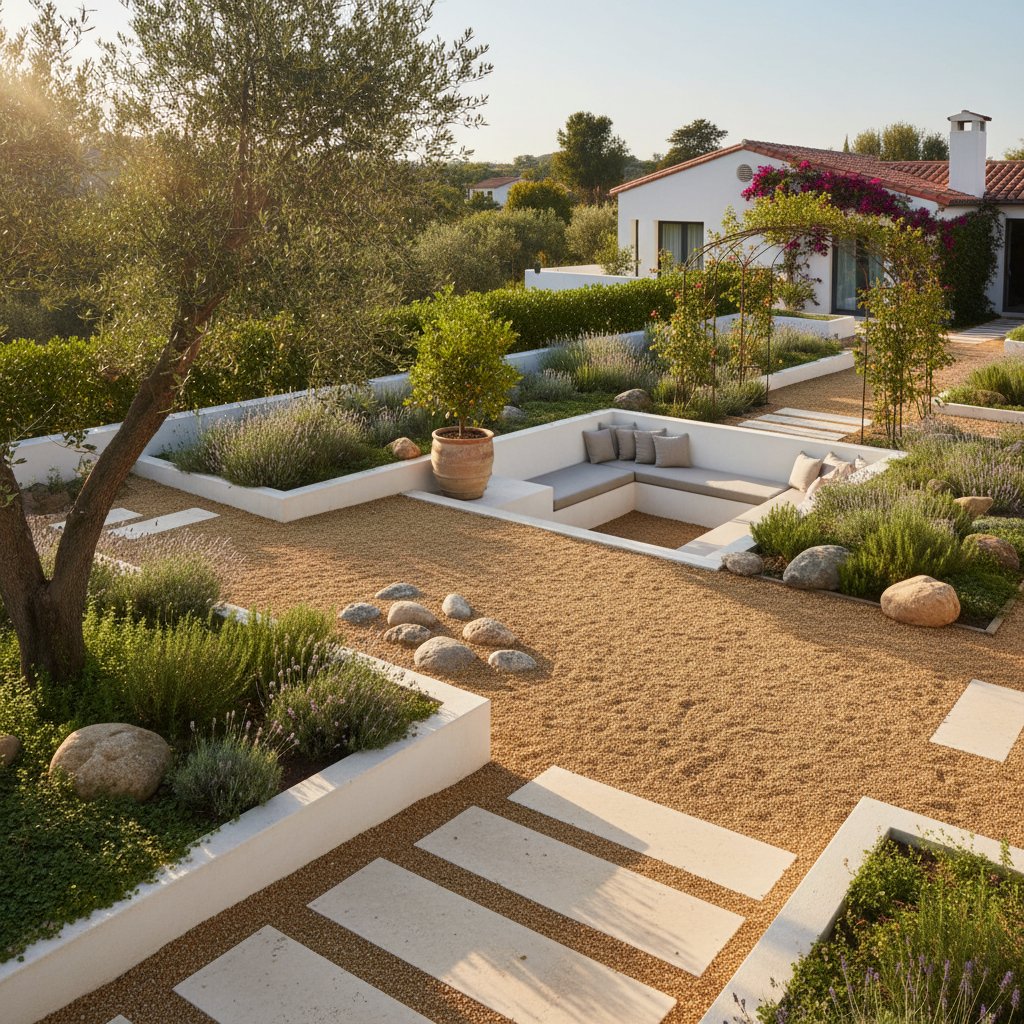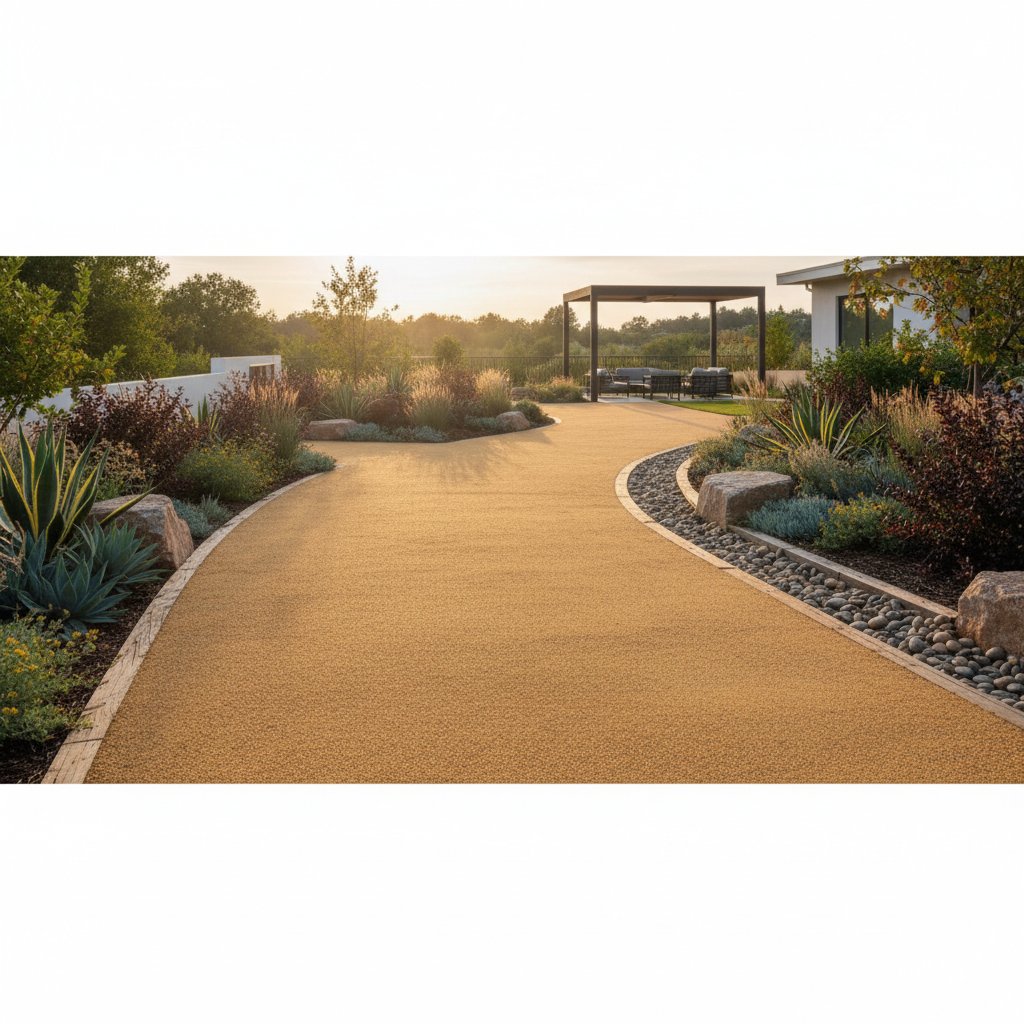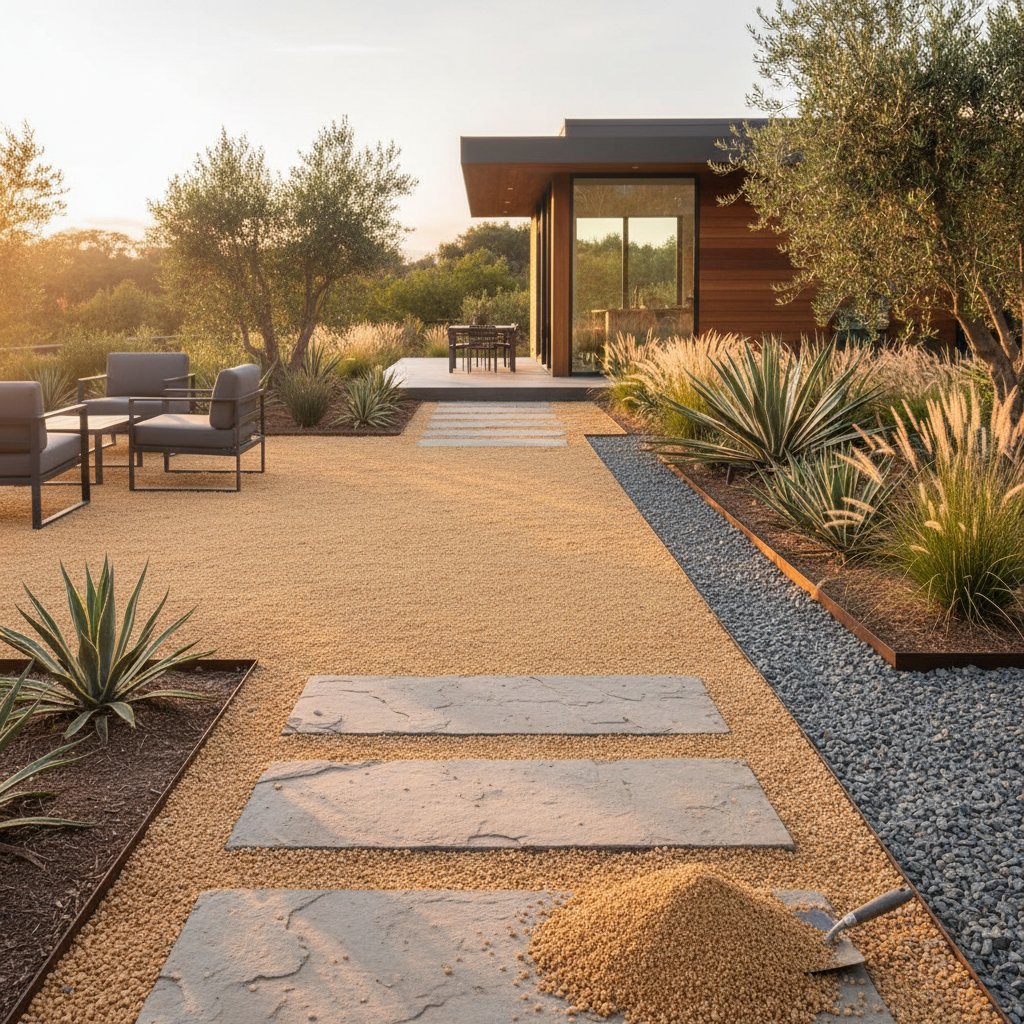Decomposed Granite: Trending for Effortless Pathways
Every garden tells a story, and the paths that wind through it establish the rhythm of that narrative. Pathways serve more than mere navigation; they direct the gaze, encourage exploration, and shape the overall ambiance of the space. Some paths feature sharp, formal lines, while others embrace gentle, curving forms. In recent years, homeowners increasingly select decomposed granite for walkways, attracted to its inherent elegance and organic presence. This material provides a balanced surface that integrates seamlessly with the terrain, offering stability without rigidity.
Understanding Decomposed Granite
Decomposed granite, commonly abbreviated as DG, originates from granite rock that has broken down through natural weathering processes into fine, granular particles. These particles resemble fine gravel, consisting of sizes from powdery sand to modest pebbles. Sourced from various regions, DG displays a spectrum of colors, including earthy golds, rich browns, muted grays, and subtle reds, allowing selection to match any garden aesthetic.
Upon compaction, decomposed granite creates a stable yet permeable surface that permits water infiltration. This characteristic positions it as a sustainable alternative to impervious materials like concrete or asphalt. Homeowners benefit from reduced water pooling and minimized runoff during rainfall, promoting healthier landscapes and compliance with eco-conscious practices.
The Look and Feel of Natural Simplicity
Decomposed granite enhances its environment by merging effortlessly with surrounding elements. In contrast to rigid concrete slabs or block pavers, it avoids imposing stark boundaries on the garden. Instead, it contributes a softening effect, allowing paths to meander through foliage and link areas without dominating the view.
This material suits diverse garden styles, from sleek, minimalist designs with precise angles to informal layouts emphasizing fluid contours. Compared to coarser gravel, DG delivers a more refined walking experience with less migration of particles. Once properly compacted, it maintains its position, presenting a unified appearance that appears rooted in the earth.
Choosing Between Loose and Stabilized Options
Decomposed granite pathways come in loose or stabilized varieties, each suited to specific applications based on usage patterns.
Loose DG excels in low-traffic garden trails, where installation involves spreading and compacting the material directly. It requires minimal tools and allows for easy adjustments or replenishment. The granular structure provides traction, reducing slip risks in wet conditions, though it may require occasional redistribution in sloped or high-wear zones.
Stabilized DG incorporates a resin or polymer binder during installation, resulting in a durable, load-bearing surface suitable for accessibility needs like wheelchairs. It retains the visual authenticity of natural granite while offering enhanced longevity for driveways, patios, or busy walkways. Although the upfront expense exceeds that of loose options, stabilized DG minimizes ongoing upkeep.
Homeowners often test loose DG in a small section, such as a secondary path, to evaluate its performance before expanding to stabilized applications across larger areas.
Installation and Maintenance Insights
Effective installation of decomposed granite pathways relies on methodical preparation to ensure longevity and performance. Follow these steps for optimal results:
- Excavate the designated area to a depth of four to six inches, removing roots, rocks, and debris to achieve a flat foundation.
- Install geotextile fabric over the base to suppress weed growth and stabilize the subsoil.
- Spread decomposed granite in two- to three-inch layers, compacting each thoroughly using a plate compactor or hand tamper.
- Mist the surface with water after each layer to facilitate particle adhesion and density.
Maintenance involves periodic attention to preserve the pathway's integrity. Rake the surface monthly to level any depressions, and top-dress with fresh DG every two to three years to counteract erosion. Superior drainage prevents mud accumulation, rendering it adaptable to dry regions or areas with seasonal precipitation.
Blending DG with Other Materials
Decomposed granite complements a range of hardscape elements, enabling customized designs. Edging with metal strips, natural stone, or modular bricks contains the material and defines clean borders. Integrating larger stepping stones introduces patterned interest, while adjacent wooden benches or concrete features provide textural variety.
These pairings support stylistic versatility, ranging from pastoral informality to polished modernism, all anchored by the granite's neutral warmth. Extending DG across multiple zones, such as linking walkways to lounging areas or outdoor kitchens, fosters cohesive sightlines. This approach unifies the garden, enhancing its sense of purpose and interconnectedness.
Embracing the Enduring Appeal of DG Pathways
A well-crafted decomposed granite path evolves into an understated asset that deepens in appreciation with time. Its gentle crunch accompanies each step, while surrounding vegetation gradually envelops it, creating intimate enclosures. The material remains temperate under direct sunlight and serves as a subdued canvas that highlights floral displays and verdant hues.
As seasons pass, the surface develops nuanced patinas, enriching the landscape's visual layers. For those seeking a walkway that combines ease, resilience, and harmony with nature, decomposed granite delivers a reliable foundation that enhances daily enjoyment without demanding constant care.



